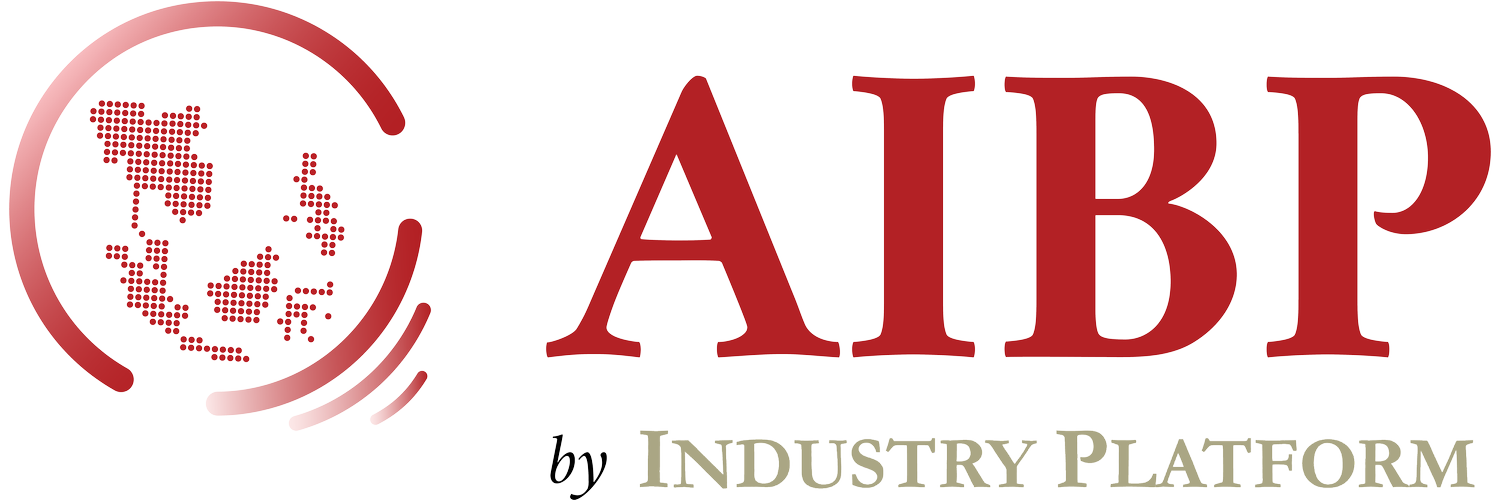Built, Tested, Trusted: The Malaysian Way to Practical AI
In the modern enterprise, Artificial Intelligence has become the catalyst of transformation, accelerating processes, unlocking new efficiencies. But, as with any catalyst, it cannot act in isolation. It demands the right ingredients and a stable vessel. In this equation, data is the essential input; infrastructure, governance, and standards form the containment. Yet many organisations still treat AI not as a reaction to be steered, but as a blaze to chase.
According to AIBP’s ASEAN Enterprise Innovation Survey, 78.5% of enterprises report moderate to significant AI investments as essential for staying competitive. Yet 40.7% cite unclear returns on investment as a persistent challenge to digital transformation.
AIBP, together with Pure Storage, brought together Malaysian enterprises for a private workshop during our recent 49th AIBP Conference & Exhibition in Malaysia. Each organisation was at a different point in their AI journey, but all were united by a common question: how do we turn AI ambition into measurable returns?
Where AI Works: Starting from Within
In heavily regulated or digitally mature industries, the impact of AI has often been difficult to isolate. With customer journeys already digitised and previous transformation efforts having squeezed out operational inefficiencies, the leap from incremental improvements to transformative outcomes remains elusive.
A leader from a Malaysian financial services firm described their approach as a dual-track strategy: internal optimisation and customer engagement. Internally, AI was deployed in environments such as HR and IT helpdesk chatbots, where outcomes were modest, measurable, and politically safe.
“Start somewhere. Start small. Let the staff play around and increase the productivity of the tools,” advised Kuet Loong Lam, Principal Technologist, ASEAN and Greater China from Pure Storage.
That philosophy guided a series of small-scale AI internal pilots to foster internal understanding. Teams were encouraged to get hands-on: experimenting, learning, and refining through real use. These early efforts acted as both sandbox and stress test. Before the technology could be commercialised or offered externally, it had to deliver real value in-house.
Too often, organisations leapfrog the fundamentals pushing AI into production before understanding its true business impact. Knowing where and how AI fits into the broader mission is what ultimately separates fleeting pilots from sustained transformation.
From Roadmaps to Real-Time: Building While Moving
Every AI journey begins with raw data, but it’s the transformation of that data into meaningful, structured inputs that determines whether a model delivers insights or noise.
At Tenaga Nasional Berhad (TNB), the digital team recognised that AI was evolving too quickly for traditional planning cycles. The team launched a 100-day sprint to roll out a secure, flexible AI platform that could support multiple LLM models, experiment with general-purpose services, and iterate guardrails over time.
Early controls were intentionally strict. As the team learned from system behaviour and user interaction, policies were refined.
“If you wait until every risk is resolved, you’ll be too late. Our AI strategy isn’t a five-year roadmap anymore. It’s six to twelve months, tied directly to evolving organisational priorities.”
That sense of urgency, however, doesn’t excuse the fundamentals. In parallel, the Enterprise Data Governance (EDG) team worked to embed standards that made data quality and security scalable.
“That’s how we end the catching-up game. If we get the standards right, governance and security become seamless so the business can move fast without us always needing to correct or intervene.”
This dual-speed approach, agile experimentation paired with structured governance, is increasingly becoming the norm. The AI landscape may be fluid, but it doesn’t absolve organisations of the responsibility to build well.
Buy-In by Doing: Making the Case Through Action
Getting executive buy-in for AI initiatives isn't just about building a deck or explaining use cases. It's about shifting mindsets in a world where tech is evolving faster than most strategies can keep up.
For Malaysia’s largest fully integrated financial services, RHB Bank, they adopted an agile, proof-led approach, one that builds trust through small wins. Early projects served not just as technical experiments, but as tools to influence and educate internal stakeholders.
“Even though we knew the roadmap forward, we still had to tweak existing guidelines and convince stakeholders before moving ahead.”
This sentiment was echoed by Shamsul Majid, CEO of National Artificial Intelligence Office (NAIO). He emphasised that in a time of rapid technological change, waiting for stability is no longer a viable strategy. Long-term business plans are giving way to shorter, more adaptive cycles. For leaders, the path to buy-in is through doing.
“Just don’t put all your eggs in one LLM basket. This is not the finishing line. This tech will change again, and soon.”
AI, One Step at a Time
Across Malaysian enterprises, the AI conversation is moving from big promises to grounded execution. The focus now is on starting where the value is obvious even if the wins are small.
Internal use cases are becoming trust builders. Investments in data quality and governance are more clearing the runway for future innovation. And executive buy-in is often earned through visible progress.
The path forward is becoming clearer: structure what you can, stay flexible where you must, and keep it moving.



